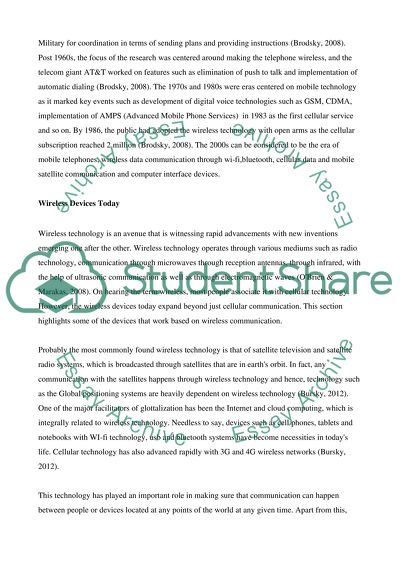Cite this document
(“The Future of Wireless Technology Research Paper”, n.d.)
Retrieved from https://studentshare.org/information-technology/1467660-the-future-of-wireless-technology
Retrieved from https://studentshare.org/information-technology/1467660-the-future-of-wireless-technology
(The Future of Wireless Technology Research Paper)
https://studentshare.org/information-technology/1467660-the-future-of-wireless-technology.
https://studentshare.org/information-technology/1467660-the-future-of-wireless-technology.
“The Future of Wireless Technology Research Paper”, n.d. https://studentshare.org/information-technology/1467660-the-future-of-wireless-technology.


